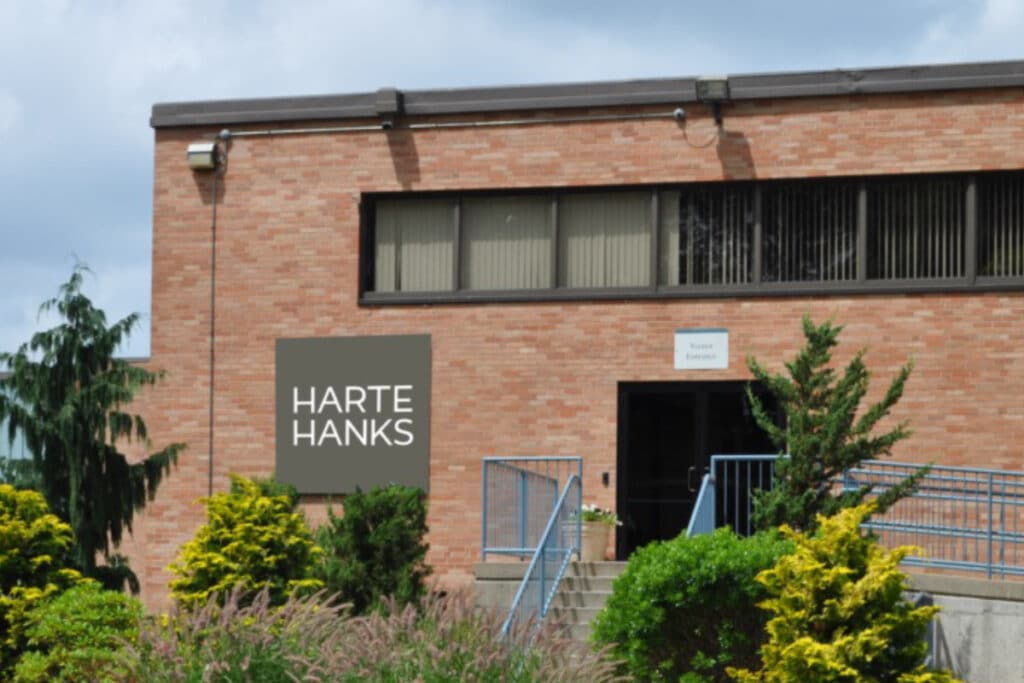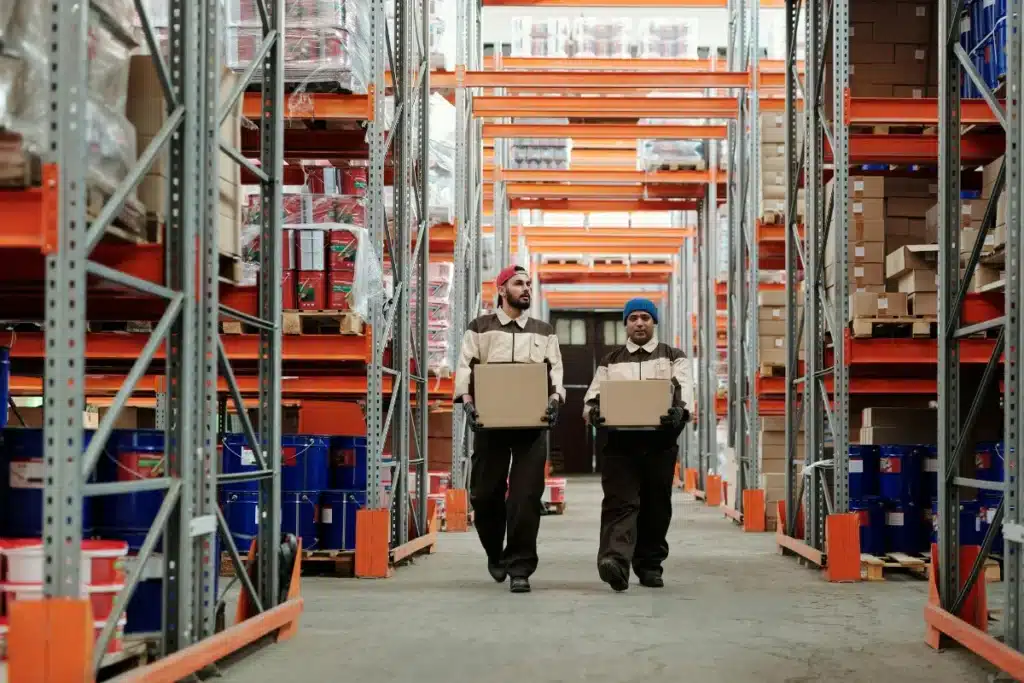Explore Our Capabilities and Competencies
From purchase to delivery and everything in between
We partner to seamlessly manage experiences with our clients' customers.
Data driven – Technology savvy – Operationally outstanding – Team dedicated
WHAT'S HAPPENING AT HARTE HANKS?
Newsroom
Filter
ANALYSIS AND TRENDS
Insights/Blogs
Filter












